China
The popular travel site Trip Advisor, which assembles data and remarks, recorded the 10 most prominent Chinese milestones supported by nonnatives in 2013.
The 10 attractions are well-referred to in China and in addition on the planet. Some of them show the unbelievable history of antiquated China and the shrewdness of Chinese individuals; others demonstrate the quick advancement of current China.
Oriental Pearl Tower in Shanghai
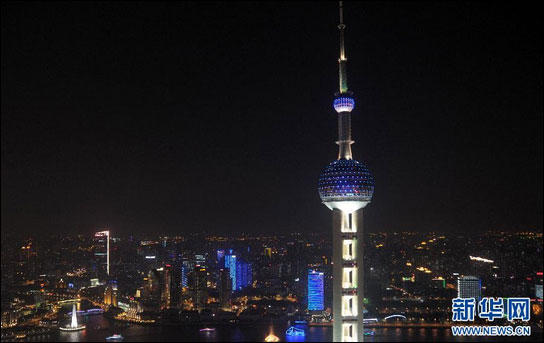
The Oriental Pearl Tower, otherwise called the Oriental Pearl TV Tower, is the world's sixth most astounding tower with 467.9 meters. It joins travel, shopping, gatherings and presentations. Guests can delight in a 360-degree perspective of Shanghai in the Space Module at 350 meters. Also, it has the most elevated rotating restaurant in Asia at 267 meters. Likewise, it is home to Shanghai Urban History and Development Museum, whichprovides a history of Shanghai since it turned into a business port, connecting up China and the world. As a standout amongst the most prevalent touristic attractions in Shanghai, it accepts about 3 million guests consistently.
Lama Temple in Beijing
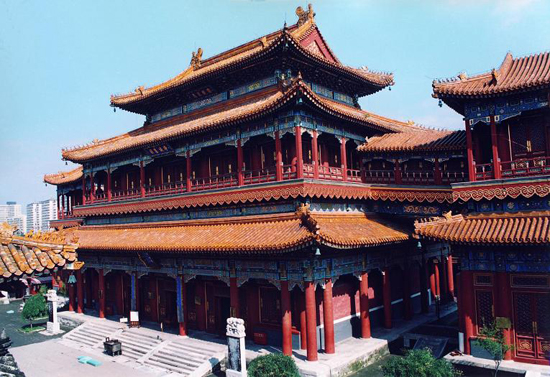
Lama Temple, or the Yonghegong Lamasery, otherwise called the Harmony and Peace Palace Lamasery, is a prestigious lama sanctuary of the Yellow Hat Sect of Lamaism. The lamasery, implicit 1694, was initially the home of the Qing (1644-1911) Emperor Yongzheng before he climbed the throne. Lama Temple offers five expansive corridors and three choice commemoration openings. It houses treasuries of Buddhist workmanship, including formed pictures of divine beings, evil spirits and Buddha, and in addition Tibetan-style paintings.
Chi Lin Nunnery in Hong Kong
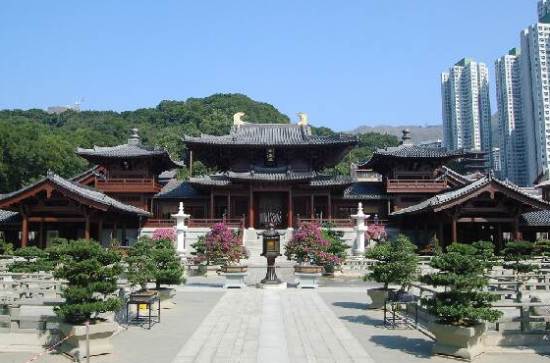
Found in Diamond Hill, it is a vast Buddhist sanctuary complex blanket a zone of more than 30,000 square meters. It keeps tabs on training, social welfare and religious society. It opened a free school in 1948 to give free training to poor kids. In 1957, a free shelter and home for the matured were secured. It was remodeled in 1989 and a lobby, outside theater, park and an exceptional specialized school were secured. The building design takes after the customary Chinese structural engineering of the Tang Dynasty, emphasizing a grave excellence and cool.
Potala Palace in Lhasa
Perched on top of Hongshan Mountain in the center of Lhasa, the capital of Tibet Autonomous Region, 3,650 meters above sea level, Potala Palace was first built in 641 by the Tibetan King Songtsen Gampo to greet his bride Princess Wencheng of the Tang Dynasty (618-907). It is a 13 story palatial architecture that is a 110-meter-tall. The palace also collected a large number of sculptures, murals, scripture and other valuable cultural relics. Besides, it is a famous Buddhist holy attraction and countless Tibetan Buddhist followers will gather in Potala Palace during festivals.
Xi'an City Wall in Xi'an
The existing wall was built between 1374 and 1378, making it over 600 years old. It is 12 meters high, 18 meters wide at the base and 15 meters wide at the top. It has four gates: Changle Gate in the east, Anding Gate in the west, Yongning Gate in the south and Anyuan Gate in the north. Xi'an's City Wall is one of the oldest and best preserved city walls in China and one of the largest ancient military defensive systems in the world.
Shanghai World Financial Center in Shanghai
For a good overview of the city, there is no better spot than the top of Shanghai World Financial Center in Pudong. The total investment exceeded US$1 billion. With 101 floors above ground level and soaring to a height of 492 meters, it is currently the world's fourth tallest building. It also offers multiple services, including travel, stores, hotels and conference rooms.
Big Buddha in Hong Kong
Big Buddha, also known as Tian Tan Buddha, is the world's largest outdoor bronze Buddha. Located on the peak of the Muyu Mountain, it was unveiled in December 1993. The buddha is 34-meter-tall including the lotus base. It weighs 250 tons and was welded by 202 pieces of bronze. It is surrounded by The Offerings of the Six Devas, six smaller bronze statues representing deities on their knees, offering flowers, incense, lamp, ointment, fruit, and music to the Buddha.
Temple of Heaven in Beijing
The Temple of Heaven, literally the Altar of Heaven, is a complex of Taoist buildings situated in southeastern Beijing. The Emperors of the Ming and Qing dynasties (1368-1911) visited the complex annually when they prayed to Heaven for good harvests. The temple complex covers an area of 273 hectares, about four times the size of the Forbidden City. The main buildings were built in 1420 under the Ming Dynasty (1368-1644) by Emperor Yongleto worshipHeaven and Earth.
Summer Palace in Beijing
The Summer Palace lies in the northwestern outskirts of Beijing. It is the largest and best preserved royal garden in China. Occupying an area of 290 hectares, the park consists mainly of a hill, called Longevity Hill and a lake, Kunming Lake, with halls, towers, galleries, pavilions, bridges and islands dotted all over. Blending southern Chinese-style garden architecture with northern China's natural landscapes, the gardens are probably the best of their kind when it comes to Chinese garden architecture. In December 1998, UNESCO included the Summer Palace on its World Heritage List.
Great Wall at Mutianyu in Beijing
Found 73 kilometers from downtown Beijing, it is the substance segment of the Great Wall. This decently saved area was manufactured about 1,400 years prior and reproduced later under the Ming Dynasty. It joins the Juyong Pass in the west and Gubeikou in the east. The vital vitality of Mutianyu was self-evident, as numerous combats occurred there. The acclaimed Jiankougreat Wall is spotted in the west of it. Also, it emphasizes a wonderful perspective as a result of a plant coverthat achieves 90 percent. Also, it is furnished with a world-class link auto and gives diversions, offering more enjoyable to guests.
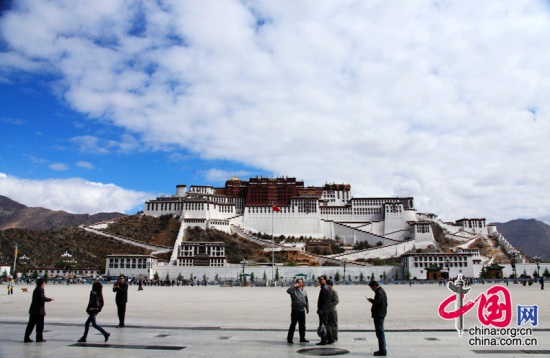
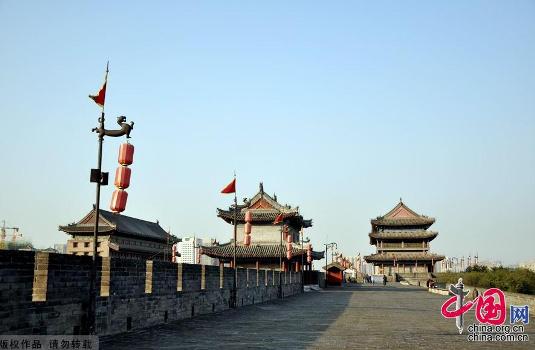
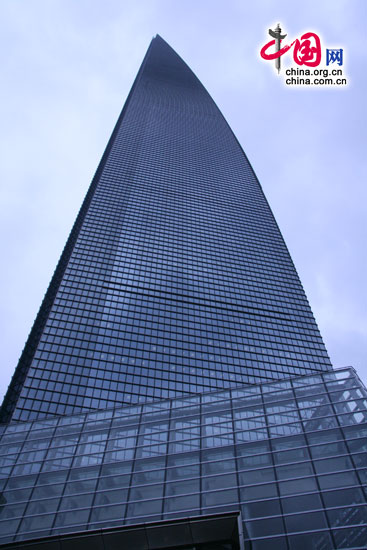
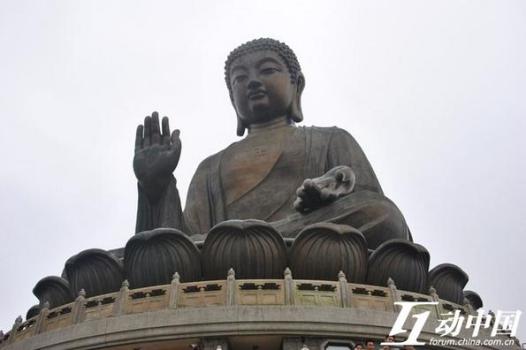
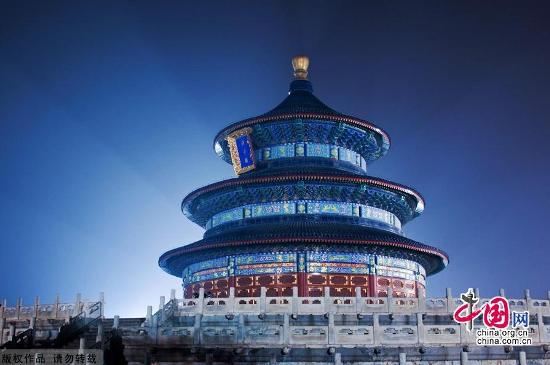
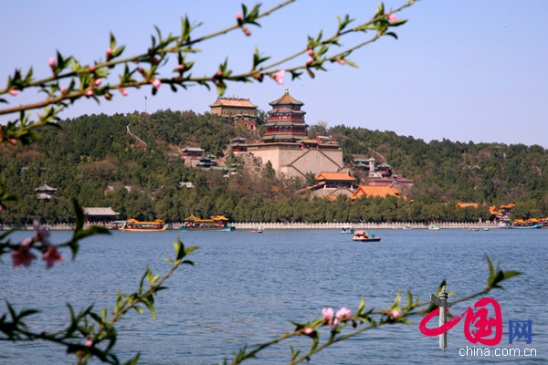
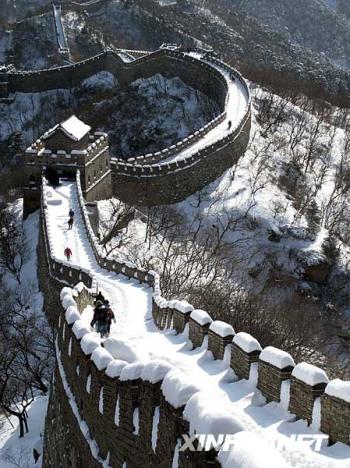
No comments:
Post a Comment